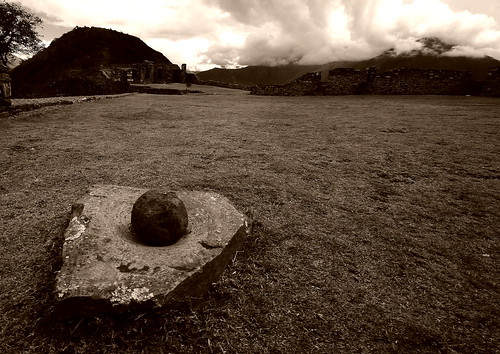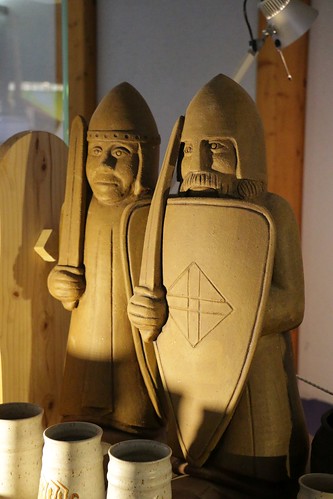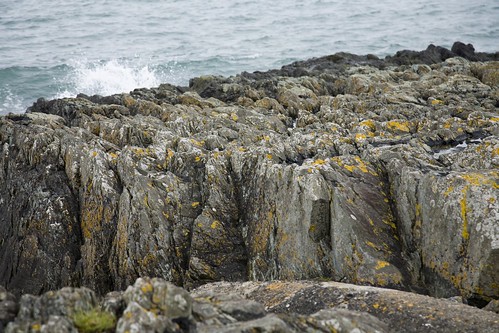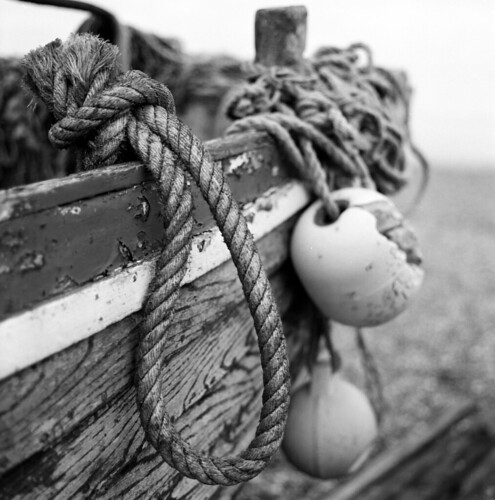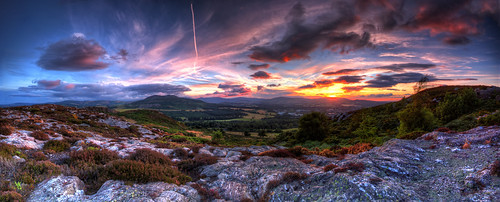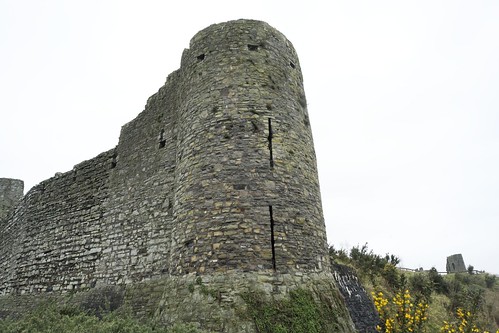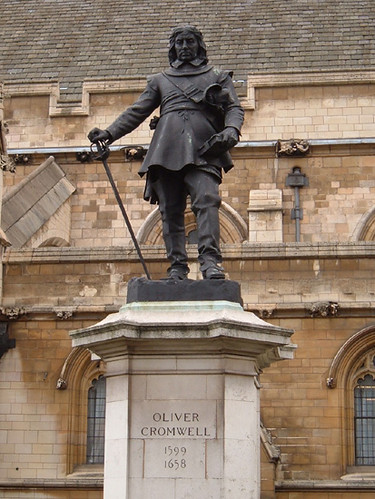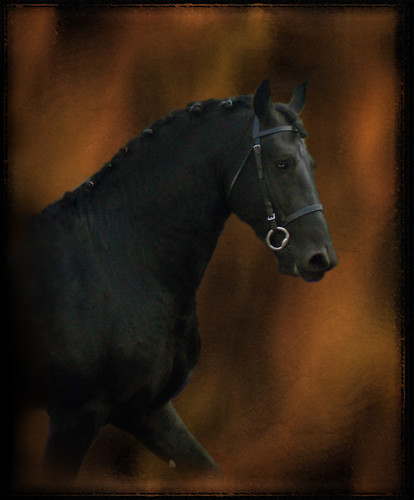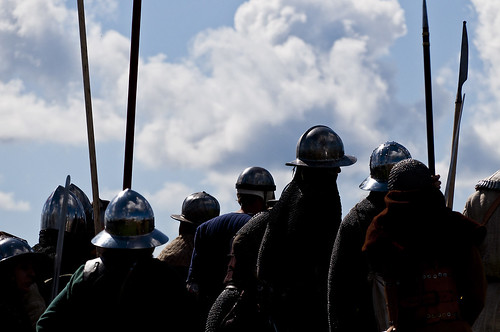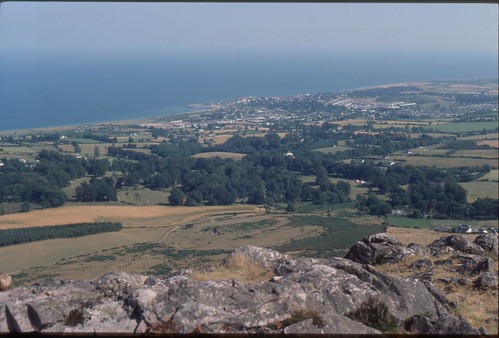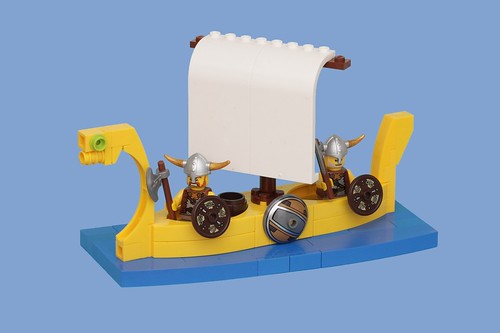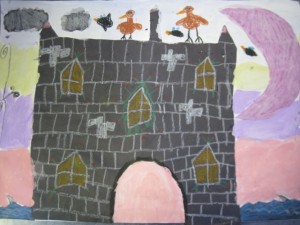Click on this LINK to see our new blog about the history of our town.
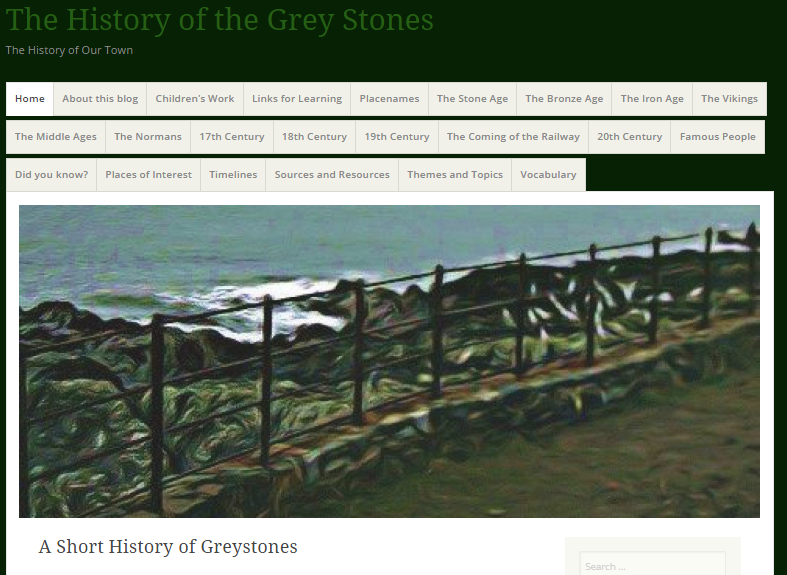
History Around Us
School Long Ago and Faraway.
Students interviewed their grown ups, their parents and grandparents about what school was like when they were young.
Some parents went to day school and some went to boarding school and there were accounts from schools at home and abroad.
The earliest account was from 1938.
“Many children walked and when it rained they ran.
Some drank a little bottle of milk at break time.
The boys wore shorts, a jacket and cap.
The girls wore a smock or pinafore over their clothes to protect them.
When it was cold children would were their coats in school”.
This is an account from 1946:
“There were 55-60 boys in a class
and the classroom was heated by a fire.
The children all sat in rows of desks all facing teacher.
In the summer term, many children came to school barefoot”.
“In Poland there are no uniforms, by law since 1976.
When I went to school, it started at 8 ended at 2.30.
In the yard girls played with elastics.
The boys plays soccer, chess, join the dots.
There was 3-4 hours homework every day!”
Some people remembered high windows.
They let in plenty light, but the children couldn’t look out and be distracted.
“There was wooden desk with a top that lifted up where we kept our books copies and pencils.
We enjoyed playing with friends, chasing, football, hurling, skipping and hopscotch.
Great times, loads of fun no worries”
“When we are eager to grow up and leave school, we hear people say that they are your happiest days and we aren’t sure if we believe them but later you realize they were right and you school friends are friends for life”
Thanks to all the ‘older people’, who agreed to be interviewed about school
in other countries and in olden days!
We can see that some things are the same and some things are very different.
A Short History of Greystones
.

![]() Photo Credit: long may she rain ☂ via Compfight
Photo Credit: long may she rain ☂ via Compfight
History of Greystones
Long ago no one lived in Greystones.
It was too wild and wind swept.
Then King Heremon built a rath
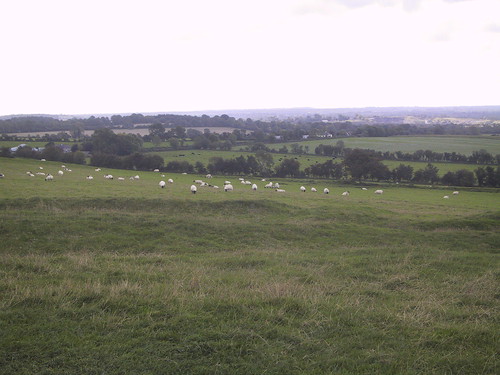
![]() Photo Credit: mollydot via Compfight
Photo Credit: mollydot via Compfight
in a more sheltered spot to the north of Greystones.
This was at Rathdown.
This was 500 BC.
Early farmers lived at Rathdown too
By the Middle Ages there were 500 people living at Rathdown.
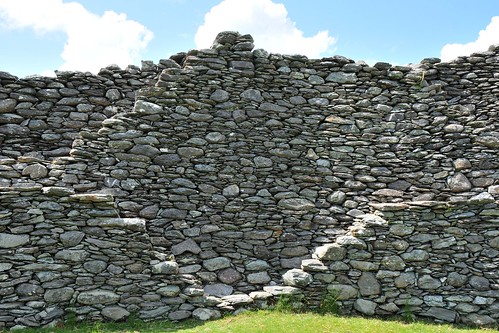 Joachim S. Müller via Compfight
Joachim S. Müller via Compfight
The Vikings came by boat and by land from Dublin.
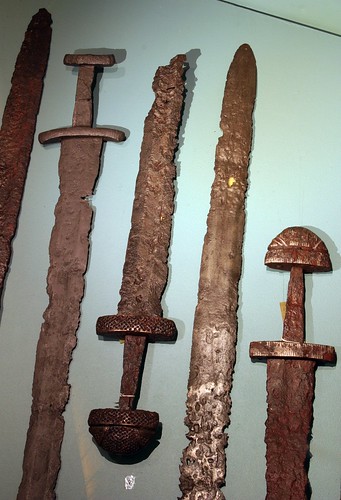
Photo Credit: Arild Nybø via Compfight
Greystones is in County Wicklow.
Wicklow means ‘Viking Meadow’.
Vikings were fierce warriors from the North of Europe.
Later the Normans lived at the castle.
They were skilled soldiers from the North of France.
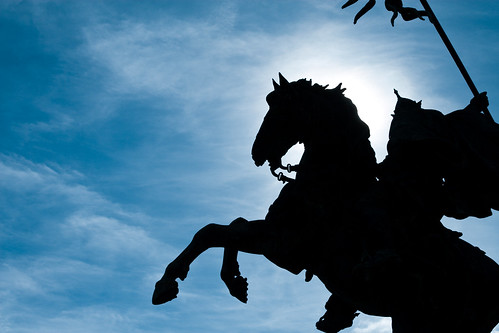
![]() Photo Credit: Matthijs via Compfight
Photo Credit: Matthijs via Compfight
In 1301, the wild, Wicklow tribes,
the O’Tooles and the O’Byrnes burnt down the castle.
They came on foot and horseback.
In 1800 no one was living at Greystones.
Described as a ‘wild headland’,
English speaking sailors
sailing on the Irish Sea
used call the area ‘the grey stones’
because of the grey rocks.
In 1825, there were 7 fishing families living there.
The arrival of the railway changed all that.
Now we are a town in the ‘commuter belt’.
People live in Greystones
and commute by train to Dublin city to work.
Lots of tourists come and visit us on the train.
It is a good place to visit and a GREAT place to live.
Local History: Three castles from Greystones long ago.
Mrs. Todd’s Class ‘The Roadrunners’
are from North Carolina in the USA.
They have a blog called
‘Going Global as Rocky River’.
Click here to see their learning about castles.
They said:
‘We know there are special castles out there
so let us hear from you…’
So here is what we know about the castles in our local area:
There used be three castles in Greystones,
where we live, that we are sure of.
Now two are in ruins and there some evidence
that the third castle once existed.
Let us tell you about our castles.
1. The first one is Rathdown Castle
The very first visitors to Greystones,
came during the Stone Age.
They didn’t stay where our town is today,
but instead they stayed at a place now called Rathdown,
just to the north.
We think these early settlers
chose to live north of Greystones because
– it was more sheltered.
– There were the advantages of living
beside the sea and
– having a fresh water spring nearby.
– Woodland birds and animals
could have been a source of food.
Unlike ourselves, these early residents
couldn’t afford to be too choosy.
In the Bronze age King Heremon came
and built a fortification
in this sheltered spot in 1699BC.
 Joachim S. Müller via Compfight
Joachim S. Müller via Compfight
Rath means fort in Irish.
This is where the area of Rathdown gets its name.
Many hundreds of years later The Normans built
a proper castle at Rathdown.
This isn’t THE castle but this is what
it probably looked like as it was a Norman castle.
The wild Wicklow tribes, the O’Byrnes and O’Tooles
burnt down the castle in 1301.
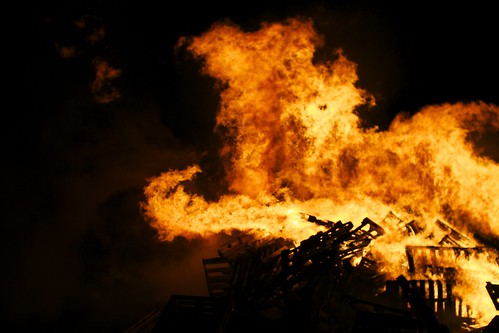 Jeff Cutler via Compfight
Jeff Cutler via Compfight
However it was rebuilt again from 1308
by other Norman families.
In 1534, a castle,
20 houses,
a watermill
and a creek were recorded at Rathdown.
In the 19th century a crazy landowner
started dismantling the castle
to make walls and sheds on his farm.
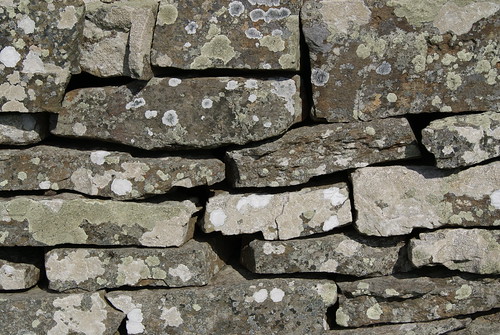 Cole Henley via Compfight
Cole Henley via Compfight
His name was Colonel Tarrant
and we feel he has a lot to answer for,
as he destroyed our heritage.
Finally the last stones of the castle were used
to make a railway bridge in the 1850s.
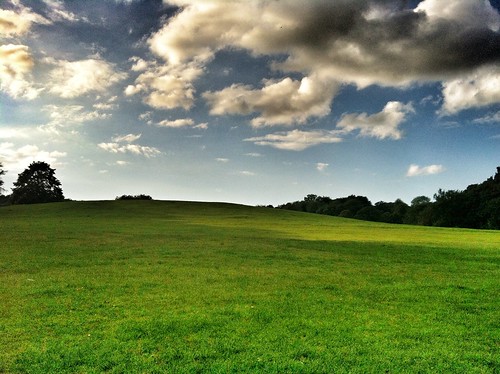
![]() Broo_am (Andy B) via Compfight
Broo_am (Andy B) via Compfight
Aerial photographs of the fields
where the castle once stood show
outlines of ancient fields, houses, paths and roads.
2. Kindlestown Castle:
About fifty years before Rathdown Castle was built,
Kindlestown Castle was built
sometime around 1225.
In 1377 the wild O’Byrnes captured the castle.
It was taken back and in 1402
the O’Byrnes tried to capture the castle again
but were defeated.
3. Killincarrig Castle
Killincarrig Castle was a manor house
built slightly later again, about 1620.
This manor seemed a popular place
for both military and rebels to stay over the centuries.
During the Eleven Years War (1641-1653)
the castle became a stronghold
by the Catholic Confederates.
After that in 1649, Oliver Cromwell
an English leader.
He was considered to be a hero in England,
but a villain in Ireland, responsible for
great loss of life in Ireland.
He spent a night in Killincarrig Castle.
He posted some troops there
while he went south in search of his horse
which had been stolen by the Irish rebels.
Later in history, during the 1798 rebellion,
the Irish rebels hid there after to avoid getting caught!
Some of us have visited this ruin.
It is in a lady’s back garden and is a protected structure.
Evidence of Killincarrig’s past has been found
such as old muskets, pistol balls, gunpowder measures
and other such equipment which were found in
and around the castle.
We think we are lucky to live in a place
that has such a rich history.
However we are glad that all the war
and fighting are over.
Coming to school is a history lesson…
Coming to school is a history lesson
for the students in our school that
attend school in the convent.
The convent is over one hundred years old.
Built in 1906 it used be a school in the olden days.
Some children attend school there,
while a new extension is being built.
Click on this link if the above slideshow doesn’t show.
Christmas Memories from Parents and Grandparents

![]() Photo Credit: Alexey Kljatov via Compfight
Photo Credit: Alexey Kljatov via Compfight
Christmas past and present.
Some students interviewed parents and grandparents
about Christmas when they were young. They remembered.
‘Trying to be good.
Asking for a surprise.
Letters to Santa being sent up the chimney (not advised nowadays)
or by post to the North Pole.
Shouting up the chimney to Santa.
Counting the days on the Advent calendar’.
They also remembered ‘
Making a wish when stirring the Christmas cake mixture.
Putting a few pennies in the plum pudding mix.
The moving crib.
Making paper chains.
Midnight mass.
It was great going out so late!
Going to Mass in new clothes.
Leaving Santa something to eat and drink.
Spiced beef.
Being excited and finding it hard to get to sleep.
Trying to stay awake to see Santa!
The wind whistling in the chimney made me afraid
in case I would be awake and Santa wouldn’t leave presents.
The excitement of waking up early to see what Santa had brought.
Big thick colouring books and markers
and spending the day happily colouring in.
A family time.
Seeing all the family together in one place.
A special dinner with turkey, roast potatoes, brussels sprouts and gravy.
Christmas pudding for dessert.
Selection boxes. We didn’t get sweets every day back then.
We had no TV!
They said:
Christmas simpler then. It’s very commercialised now.
I wish I was a little girl again!
It’s better now because I have children!”
Thank you to the parents and grandparents
who shared their memories with us.
Jamie’s Avatar tells us what he learned about ‘The Blackout’ during World War II
Learning about our Local History: ‘The Burnaby Heritage Weekend,’ Greystones.
For those of you interested
in the history of Greystones
and having a GREAT time,
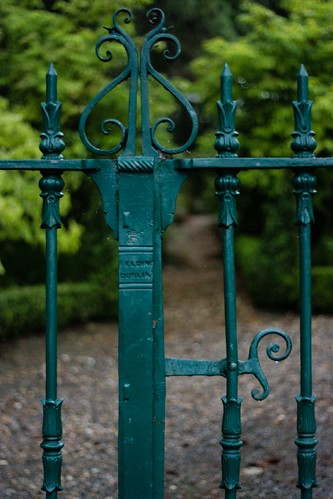
![]() Photo Credit: Neil Dorgan via Compfight
Photo Credit: Neil Dorgan via Compfight
‘The Burnaby Heritage Weekend’
is being held on Saturday 24th and Sunday 25th August.
The organisers have planned
a whole lot of great events including:
a Burnaby Heritage Scavenger Hunt,
a photo exhibition,
an evening of music, poetry and story telling,
guided tours of The Burnaby,
a dog show,
a vintage day in Burnaby Park
with a children’s cricket match,
vintage games and bowling.
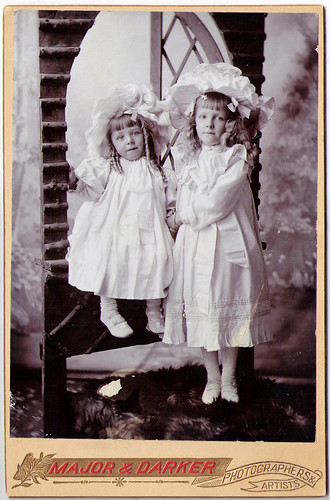
![]() Photo Credit: Flam via Compfight
Photo Credit: Flam via Compfight
Everyone is invited to dress in Edwardian dress
and there will be a prize for the best.
Participating local cafes will be doing Edwardian High Teas.
Click on the link below to read
all the details about where and when
these events are taking part over the weekend.
The Burnaby Heritage Weekend – What’s On?
The Burnaby Residents Association have an
excellent website which with information on
the history of ‘The Burnaby’ estate.
You can see it here. .
We are interested in the history of Greystones.
Click here to see what we learned about
Colonel Frederick Burnaby. during the year.
Link to Viking ‘Dig It Up’ Game from the BBC as requested by students
Project Work: Famous People with links to Greystones
Projects about people, in history.
We are doing projects about people with links to Greystones.

![]() Photo Credit: LEOL30 via Compfight
Photo Credit: LEOL30 via Compfight
Our first project was about Isambard Kingdom Brunel
who was born in 1806.
He was an engineer who designed steamships, bridges and tunnels.
He engineered the railway line between Bray and Greystones.
This was a challenging job
as tunneling through rock was needed.
The arrival of the railway in Greystones
has made our town what it is today.
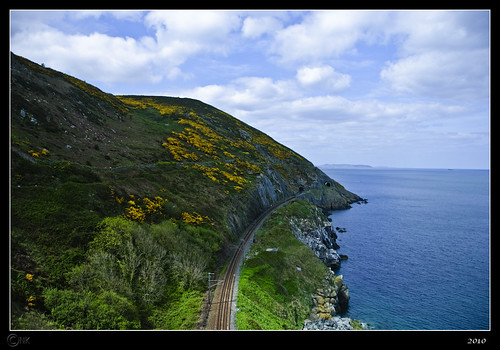
![]() Photo Credit: Nagesh Kamath via Compfight
Photo Credit: Nagesh Kamath via Compfight
Next we are going to learn about Elizabeth Whitshed.
On Friday we learned about her husband Colonel Frederick Burnaby.
Lots of places in our local area are called after Colonel Burnaby.
Colonel Frederick Burnaby was a Victorian celebrity:
a soldier, adventurer, and writer.
He and his new wife Elizabeth Whitshed travelled
to North Africa on honeymoon,
but due to delicate health,
Elizabeth returned to Greystones.
She then moved to Switzerland for health reasons.
Colonel Burnaby was killed in action
(near Khartoum in Sudan) in 1885.
We live in Viking Meadow!
The children of 2nd Class, Room 6 were very interested
to hear stories about the history of Greystones.
Matthew lives in Rathdown.
He was amazed to hear that
people have been living in Rathdown
since the Stone Age.
Twenty years ago, a cliff near Rathdown
fell into the sea.
Among the rocks and earth,
people found Stone Age axe heads.
The children in 2nd Class, Room 6
were also fascinated to hear
that Vikings were in the area.
One of our favourite things to do,
when we have visitors from older classes
or students from Transition Year,
on work experience, visiting our classroom
is to challenge them to a game of Viking Quest.
Click on the link below to play!
We don’t always win this game …
but we usually do!
This is what we learned in class:
We know Vikings visited our local area because
1. Some of the local placenames
came from the Vikings.
‘Gata’ is the Viking word for road.
Windgates is the road
between Bray and Greystones.
Wicklow comes from
the Viking words ‘Vyking Alo’
which means Viking Meadow.
2. Viking coins were found
in the local area.
3. The monks wrote a book called
‘The Annals of the Four Masters’.
In it they said that there had been
a big battle nearby at Delgany in 1021 AD.
The King of Leinster beat
the Viking King, Sitric.
We think it is exciting that Greystones
has had such an interesting history
from the time of the Stone Age
and that Vikings visited here too.
Later we heard that a castle
was built at Rathdown.
We look forward
to learning more.


